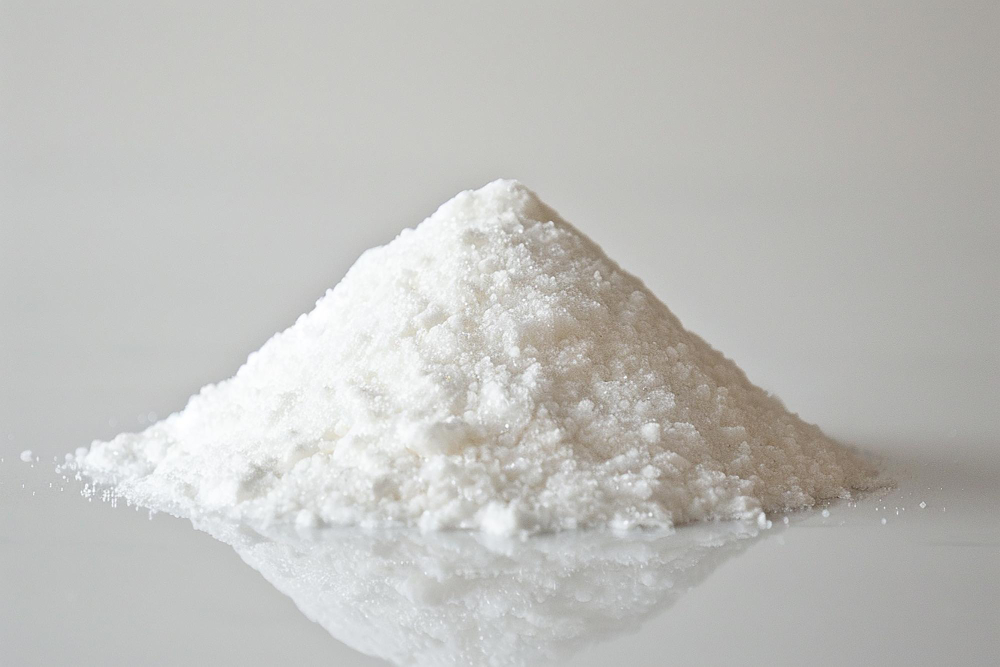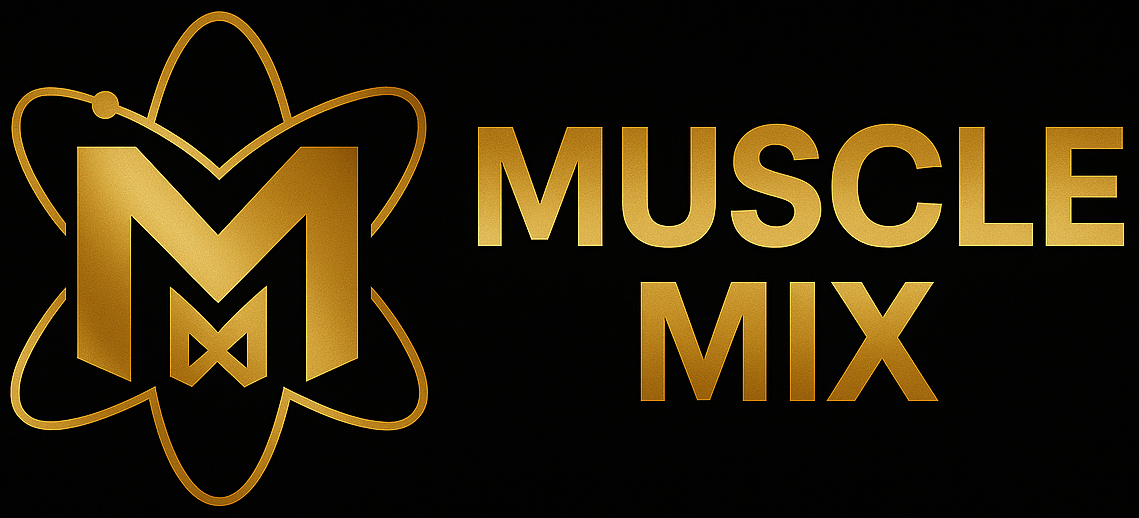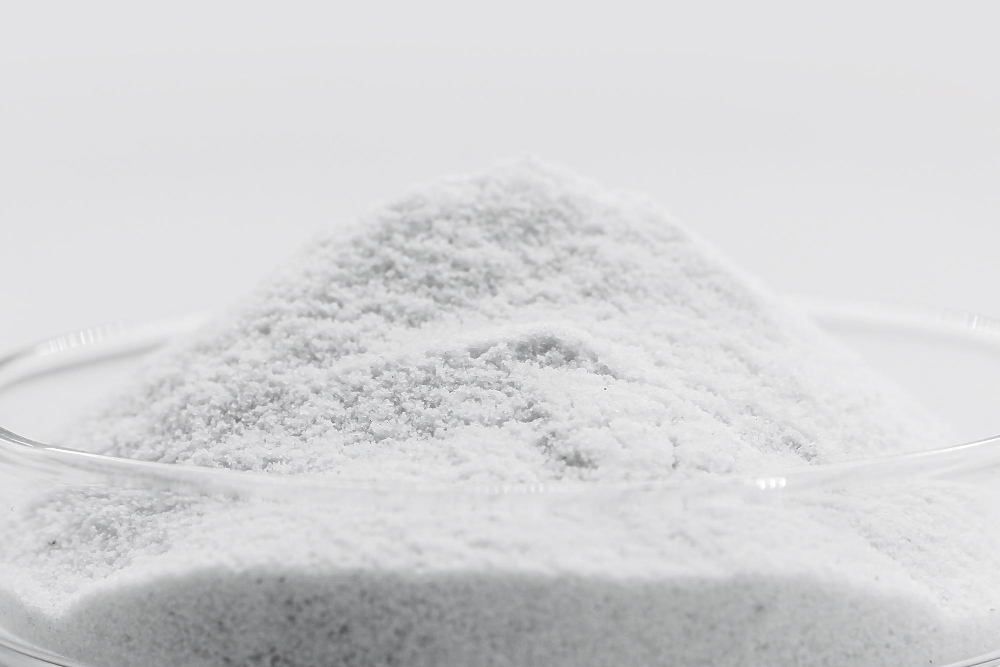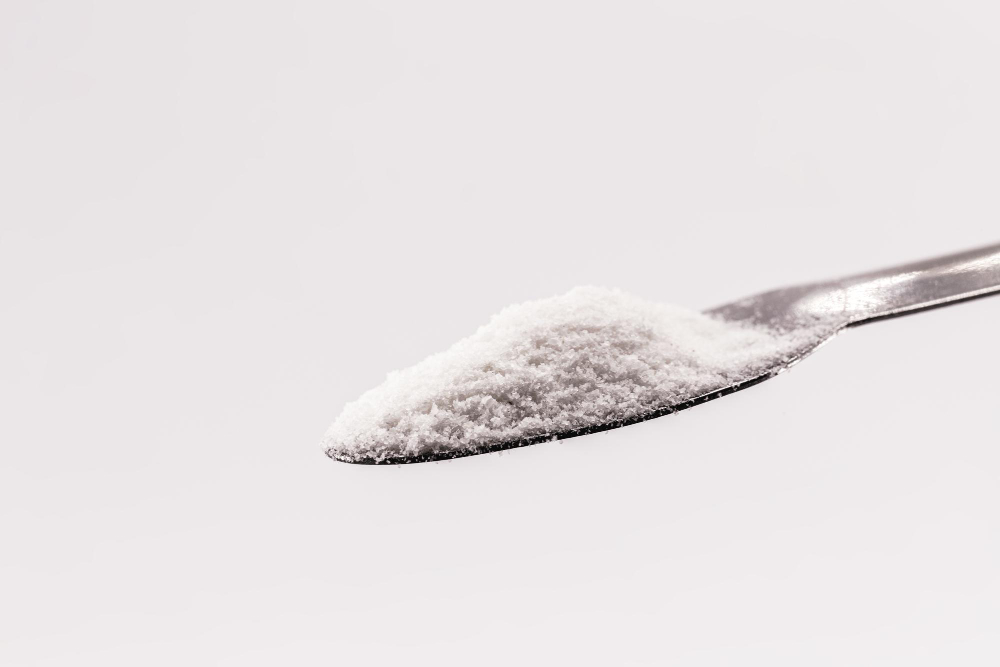
The Power of L-Citrulline Malate in Endurance and Recovery
Introduction
L-Citrulline Malate (CM) is a combination of the non-essential amino acid L-citrulline and malic acid, a compound involved in the Krebs cycle (energy production). While citrulline alone is valued for its role in nitric oxide (NO) production, the addition of malate may enhance energy metabolism and reduce muscle fatigue. Over the last two decades, CM has emerged as a popular supplement among athletes and bodybuilders due to its potential effects on blood flow, endurance, and recovery.
Mechanisms of Action
1. Nitric Oxide (NO) Pathway
- L-citrulline is a precursor to L-arginine, which the body converts into nitric oxide (NO).
- NO promotes vasodilation, increasing blood flow to working muscles, improving nutrient and oxygen delivery, and assisting in the removal of metabolic waste.
- Compared to direct L-arginine supplementation, citrulline is more effective, as it bypasses intestinal and hepatic metabolism and raises plasma arginine levels more efficiently.
2. Ammonia and Lactate Clearance
- Citrulline participates in the urea cycle, helping the body clear ammonia, a byproduct of intense exercise linked to fatigue.
- This clearance may delay muscular exhaustion and improve training volume capacity.
3. Malate’s Role in Energy Production
- Malic acid supports ATP production through the Krebs cycle.
- Combined with citrulline, malate may reduce muscle fatigue and enhance recovery by replenishing energy substrates.
Research on Endurance and Aerobic Exercise
Evidence for endurance performance is promising:
- A 2016 study in Journal of Strength and Conditioning Research found that citrulline malate supplementation improved high-intensity cycling performance and reduced feelings of fatigue.
- A review in Nutrients (2020) highlighted that CM may increase time-to-exhaustion in aerobic exercise by enhancing oxygen uptake and delaying fatigue.
- Animal models also show improved oxidative metabolism and endurance capacity after CM administration.
Research on Strength and Anaerobic Performance
The most consistent evidence for CM is in resistance training:
- Pérez-Guisado & Jakeman (2010) reported that athletes taking 8 g of CM 1 hour before chest workouts completed more repetitions and experienced reduced muscle soreness 24–48 hours later.
- Another study showed that CM enhanced performance in high-volume strength training by reducing fatigue and improving recovery between sets.
- However, not all studies find positive effects; some show no significant improvements in sprinting or power output, suggesting CM’s benefits may depend on exercise type and training status.
Recovery and Muscle Soreness
CM supplementation appears effective at reducing delayed-onset muscle soreness (DOMS):
- Subjects given CM after intense resistance training reported lower soreness scores and faster recovery in strength testing.
- Mechanisms may include improved ammonia clearance, better blood flow, and malate’s role in restoring muscle energy balance.
Dosage and Timing
- Standard dose: 6–8 grams of citrulline malate (commonly in a 2:1 ratio of citrulline to malate).
- Timing: Typically taken ~60 minutes before exercise to allow plasma arginine levels to peak.
- Chronic use: Daily supplementation may further increase arginine and nitric oxide bioavailability, potentially amplifying endurance adaptations.
Limitations and Individual Variability
- Variability: Some athletes respond strongly, while others experience minimal effects. This may be due to genetic differences in nitric oxide metabolism.
- Formulation: Research varies on whether pure L-citrulline is more effective than L-citrulline malate. Some studies suggest malate’s contribution to performance is under-researched.
- Evidence gaps: While short-term improvements in resistance training are consistent, long-term performance adaptations need further exploration.
Safety
CM is generally well tolerated. Reported side effects are rare but may include mild gastrointestinal discomfort at higher doses. No serious adverse events have been documented in research at the commonly used range (up to 10 g).
Conclusion
L-Citrulline Malate is one of the most promising sports supplements for enhancing blood flow, endurance, and recovery. Its unique dual action—boosting nitric oxide production and supporting energy metabolism—makes it valuable for both endurance athletes and strength trainers. While individual results vary and more long-term studies are needed, current evidence supports CM as a safe, effective, and well-researched ergogenic aid.
Sources (MIT Citation Style)
- Pérez-Guisado, J., & Jakeman, P. M. “Citrulline Malate Enhances Athletic Anaerobic Performance and Relieves Muscle Soreness.” Journal of Strength and Conditioning Research, vol. 24, no. 5, 2010, pp. 1215–1222. doi:10.1519/JSC.0b013e3181cb28e0.
- Cunniffe, B., Papageorgiou, M., O’Brien, B., Davies, N. A., Grimble, G. K., Cardinale, M., & Bannock, L. “Acute Citrulline-Malate Supplementation and High-Intensity Cycling Performance.” Journal of Strength and Conditioning Research, vol. 30, no. 9, 2016, pp. 2638–2647. doi:10.1519/JSC.0000000000001340.
- Trexler, E. T., Smith-Ryan, A. E., & Stout, J. R. “Citrulline Malate and Endurance Performance: A Systematic Review.” Nutrients, vol. 12, no. 6, 2020, p. 1642. doi:10.3390/nu12061642.
- Bendahan, D., Mattei, J. P., Ghattas, B., Confort-Gouny, S., Le Guern, M. E., & Cozzone, P. J. “Citrulline/Malate Promotes Aerobic Energy Production in Human Exercising Muscle.” British Journal of Sports Medicine, vol. 36, no. 4, 2002, pp. 282–289. doi:10.1136/bjsm.36.4.282.
- Glenn, J. M., Gray, M., Jensen, A., Stone, M. S., Vincenzo, J. L., & Amorose, A. “Acute Effects of L-Citrulline Supplementation on High-Intensity Strength and Power Performance: A Systematic Review and Meta-Analysis.” Sports Medicine, vol. 47, no. 4, 2017, pp. 631–640. doi:10.1007/s40279-016-0604-7.

.svg)




